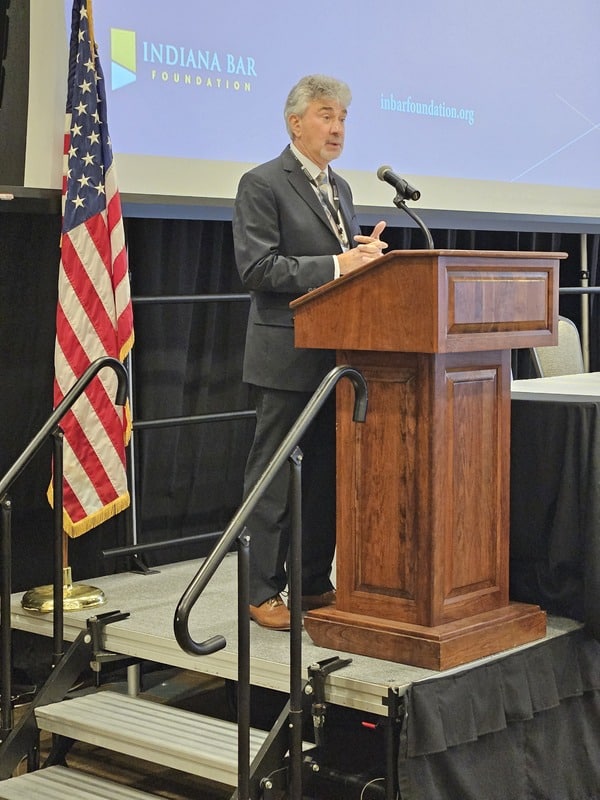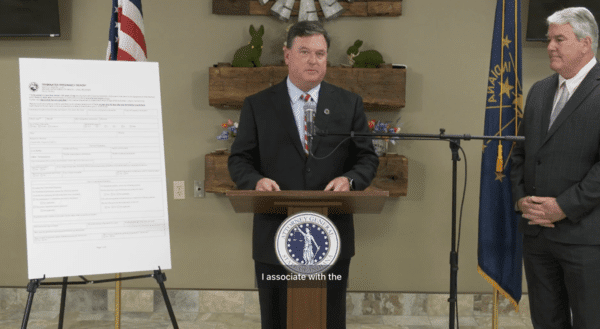Some years ago, a group opposed to abortion created a series of television commercials and an ad campaign.
The theme was: “Life, what a beautiful choice.”
At the time, most observers thought of the ads as a clever public relations strategy, a way to soften the sharp edges of an anti-abortion movement that was perceived to be too strident to be persuasive to anyone who didn’t already agree with its position on the issue. The campaign was seen as an attempt to preach beyond the choir.
It was more than that.
Even then, there were thoughtful people who were morally opposed to abortion who were wary of having Roe vs. Wade overturned.
The reason?
They understood that having the courts determine that government at any level—federal, state or local—had the power to tell a woman she couldn’t have an abortion was also to grant government the authority to tell her that she must have an abortion.
Too many people think of the law as a kind of laser, a precision instrument that hits only its intended target.
That’s not the case.
It’s more a like a creaky door that swings back and forth, depending upon the side being pushed. Granting government the authority to do something through the power of law almost always means granting the same government the power to do the inverse.
At the time the “Life, a beautiful choice” campaign ran, anti-abortion activists were justifiably alarmed by China’s “one-child” policy, which resulted in forced sterilizations, government-ordered abortions and other assaults on personal autonomy and the human spirit.
Those events in China gave all thoughtful people pause regarding the notion of taking family planning and reproductive decisions out of the individual’s and the family’s hands and putting them under the state’s control.
That is why, to this day, many libertarians who consider abortion an abhorrent practice resist the notion of making it illegal. They simply don’t want to give government that much power.
The most fervent anti-abortion activists like to tell themselves that there is no way this grant of government authority could be interpreted but in the manner they want it to be.
U.S. Supreme Court Justice Samuel Alito tried to offer them reassurance in his majority opinion in Dobbs vs. Mississippi, the ruling that overturned Roe. He attempted to argue that the decision was limited in scope, and neither would nor could it be applied in any other circumstance.
Among those not fooled by Alito’s attempts at evasion was fellow Justice Clarence Thomas, who is every bit as devout in his opposition to abortion as Alito is.
In his concurring opinion, Thomas contended that if the premise behind Roe—that individuals have constitutionally protected rights to privacy and autonomy—was wrong, then a lot of other decisions were wrong. He argued that the cases concerning same-sex marriage, contraception and other concerns previously thought best left to the discretion of the individuals involved needed to be reconsidered.
If Thomas gets his way, that means we could be at the start of a series of Supreme Court rulings that remove decision-making in some of life’s most intimate and important matters from the hands of the individual and place it instead under the authority of the state.
That may please social conservatives at this historical moment, now that they have a determining voice on the nation’s high court and in many state legislatures.
But what if that creaky door swings the other way?
Will they be as happy then?
Probably not.
The reality is that, even after overturning Roe, life still is a choice, beautiful or otherwise.
The difference now is that the entity making that choice is the government.
Not the individuals or families involved.
That ought to be worrisome to all thinking people.









